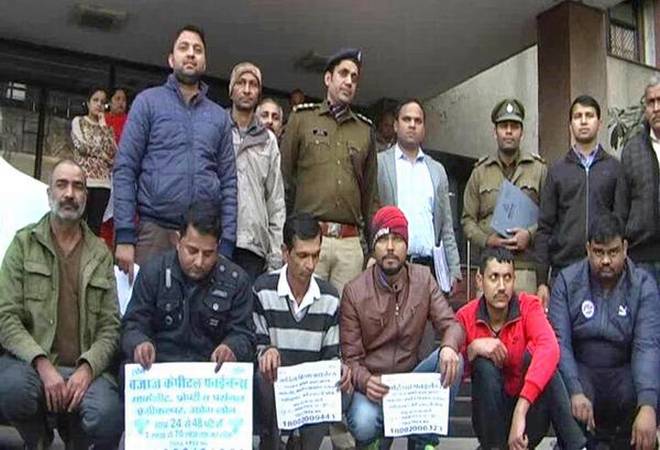Equated monthly installments (EMIs) on home, car, and education loans will fall by at least half a per cent with banks across the board reducing their lending rates.
On Sunday, India’s largest lender, State Bank of India (SBI), fired the first salvo by reducing its marginal cost-based lending rate (MCLR) by a whopping 0.9 per cent. With this, the bank has cut its benchmark rate by nearly 200 basis points from January 2015. Each basis point is equivalent to one-hundredth of a percentage.
As the deluge of deposits post demonetisation brought down funding costs for the bank and the government wanted to spread some New Year cheer (again post demonetisation), the cost of loans across the board have been made cheaper. The one-year MCLR of SBI, to which most of its loans are linked, is down to 8 per cent from an earlier 8.9 per cent. The reduction of 0.9 per cent is across all maturities.
The SBI action was followed within hours by peers. Punjab National Bank (PNB) has cut its one-year MCLR rate by 0.7 per cent to 8.45 per cent from 9.15 per cent, effective January 1. Similarly, Union Bank of India has reduced its one-year MCLR by 0.65 per cent to 8.65 per cent, effective January 2.
Rajnish Kumar, Managing Director in charge of retail loans, SBI, told DNA: “The reduction will result in all loan rates to come down. For home loans, the reduction will be up to 0.75 per cent, depending on the tenure and the maturity. The quantum of reduction for car loans is being decided. There also we will give a good relief for customers. For a Rs 30 lakh loan for 30 years, the monthly EMI will come down by Rs 1,200.”
The overnight MCLR is down to 7.75 per cent from 8.65 per cen, the one-month MCLR is down to 7.85 per cent from 8.75 per cent, the three-moth MCLR is down to 7.90 per cent from 8.80 per cent, the six-month MCLR is down to 7.95 per cent from 8.85 per cent, and the 2-year MCLR is down to 8.10 per cent from 9 per cent.
The banks cutting their lending rates supplements the sops Prime Minister Narendra Modi promised the housing sector, small and medium enterprises and farmers.
Banking sources say it is only a matter of time before the private sector banks — ICICI and HDFC — match the cuts.
Loan rates have no option but to fall, irrespective of what action the Reserve Bank of India (RBI) takes. If you take the latest bank credit and deposit growth rates put out by the central bank, it shows that while bank credit growth is steadily shrinking to 4 per cent, deposit growth, especially savings accounts, have swelled by 15.9 per cent. The wide gap shows the banking system is flush with cash and that lending costs would correspondingly fall.
Last week, the largest private sector lender, ICICI Bank, prepared itself for a lending rate cut by cutting its deposit rates to 7.5 per cent for a 390-day fixed deposit and 7 per cent for senior citizens, reducing rates by 0.10 per cent to 0.25 per cent on various maturities.
RBI introduced the MCLR system in April this year with the objective of expediting monetary policy transmission along with augmenting uniformity and transparency in the calculation methodology of lending rates. The rates are revised every month.
[Source:-WION]

